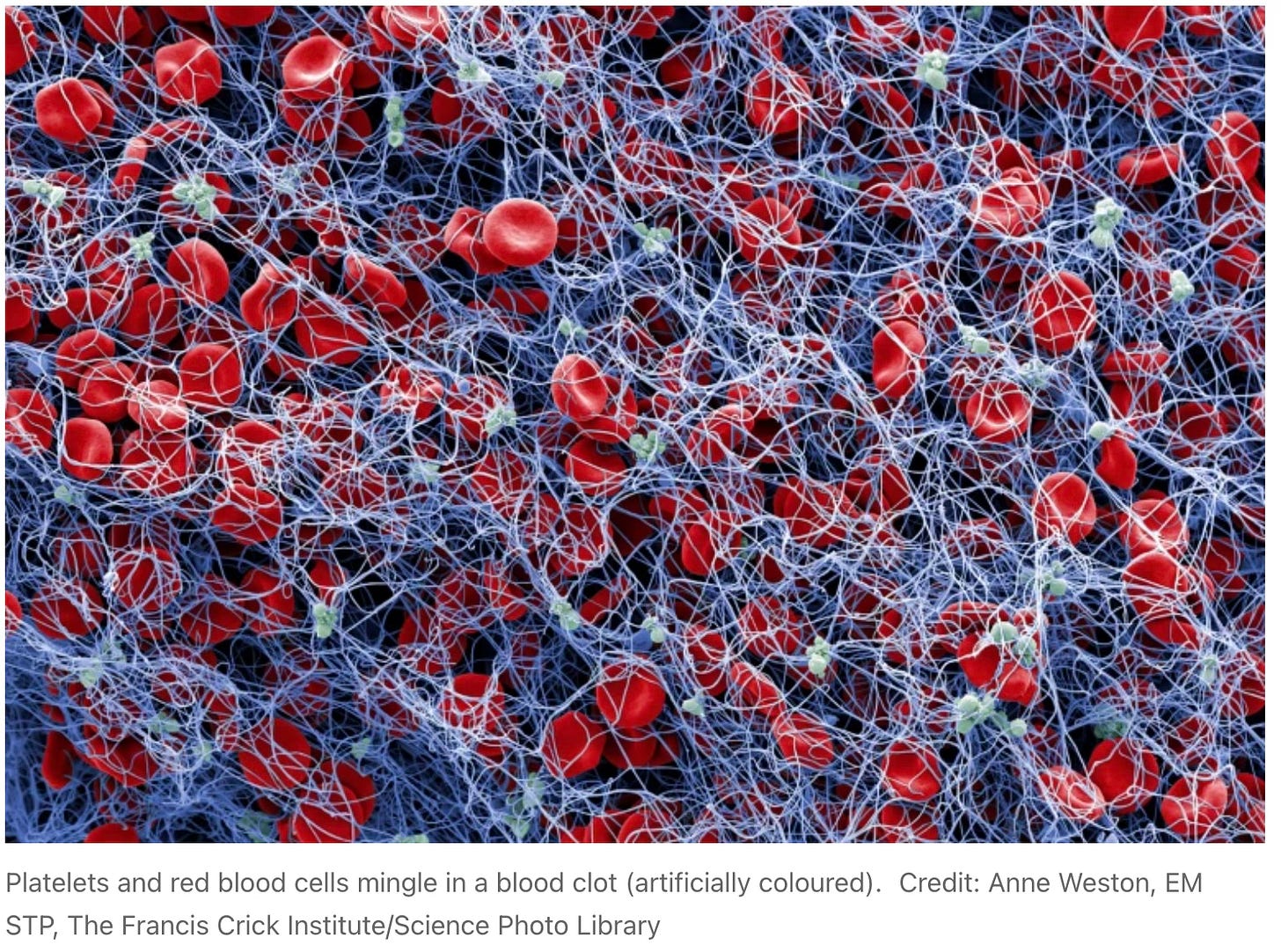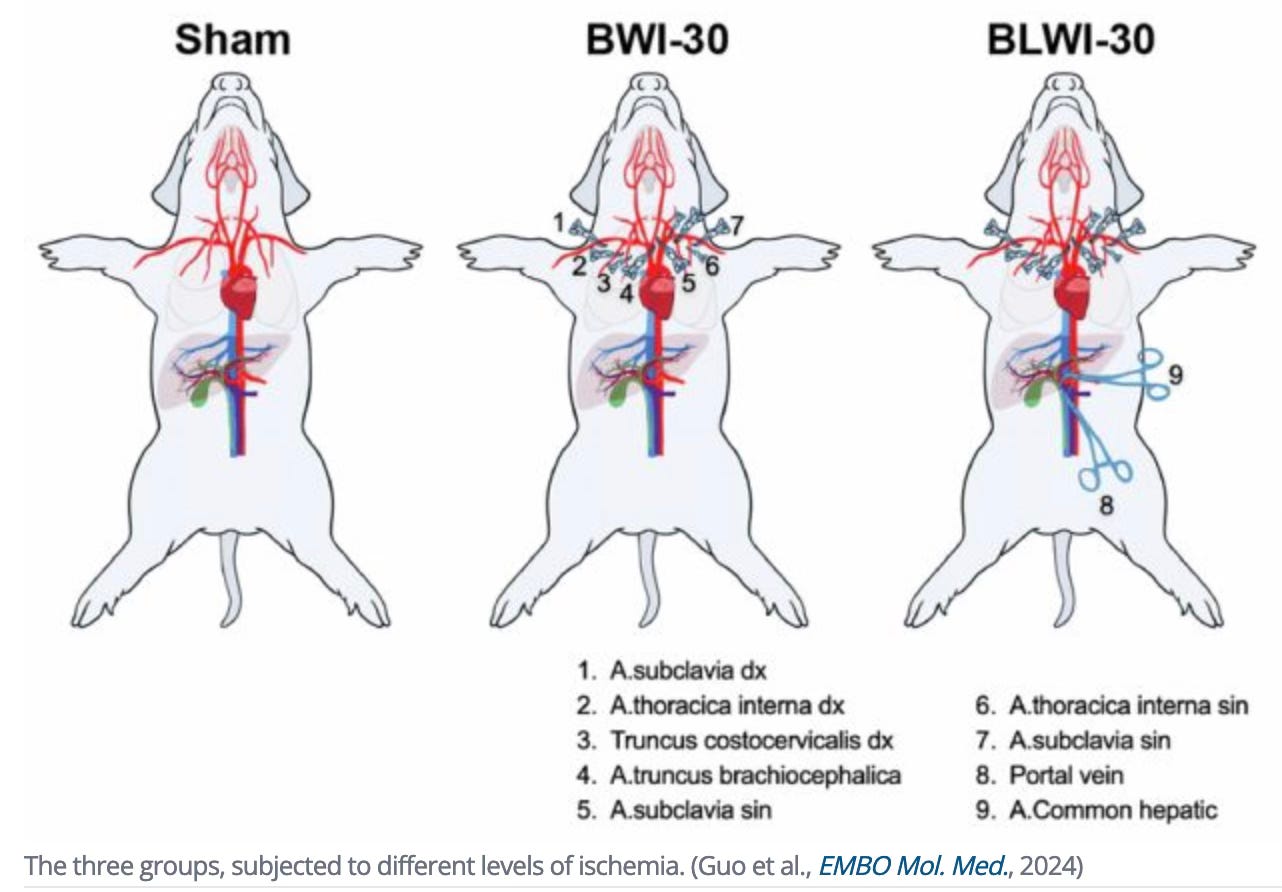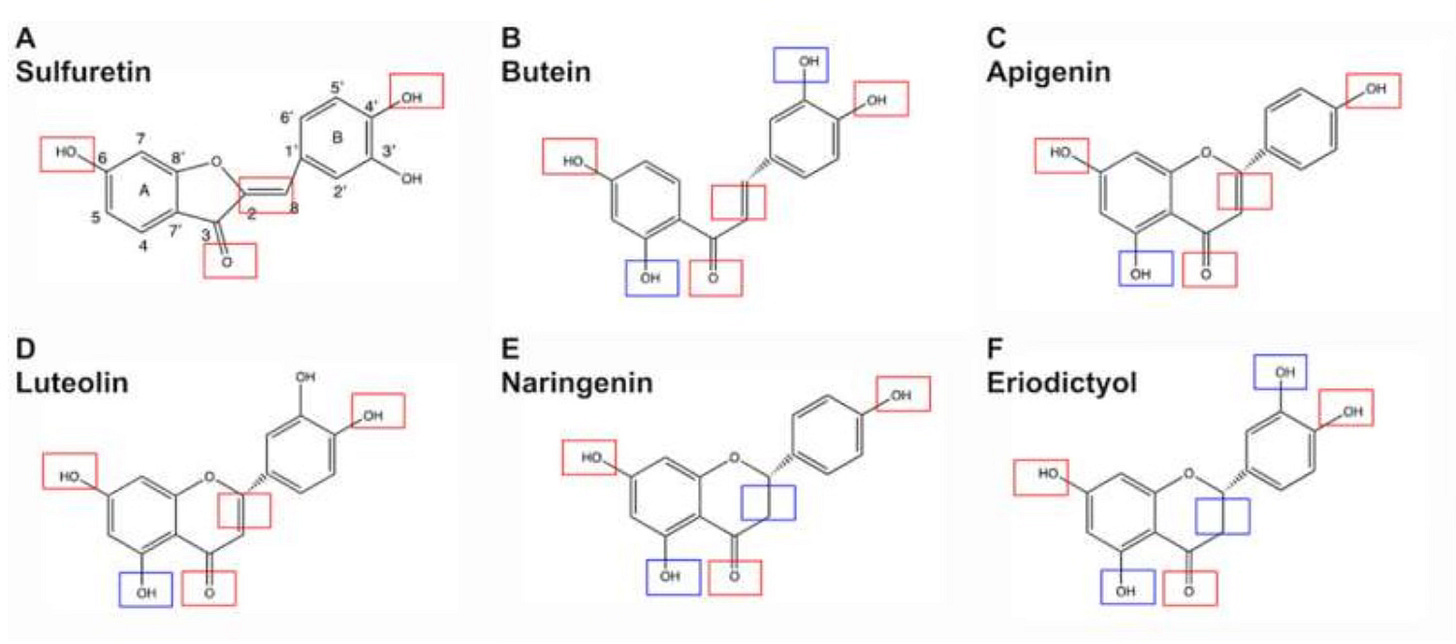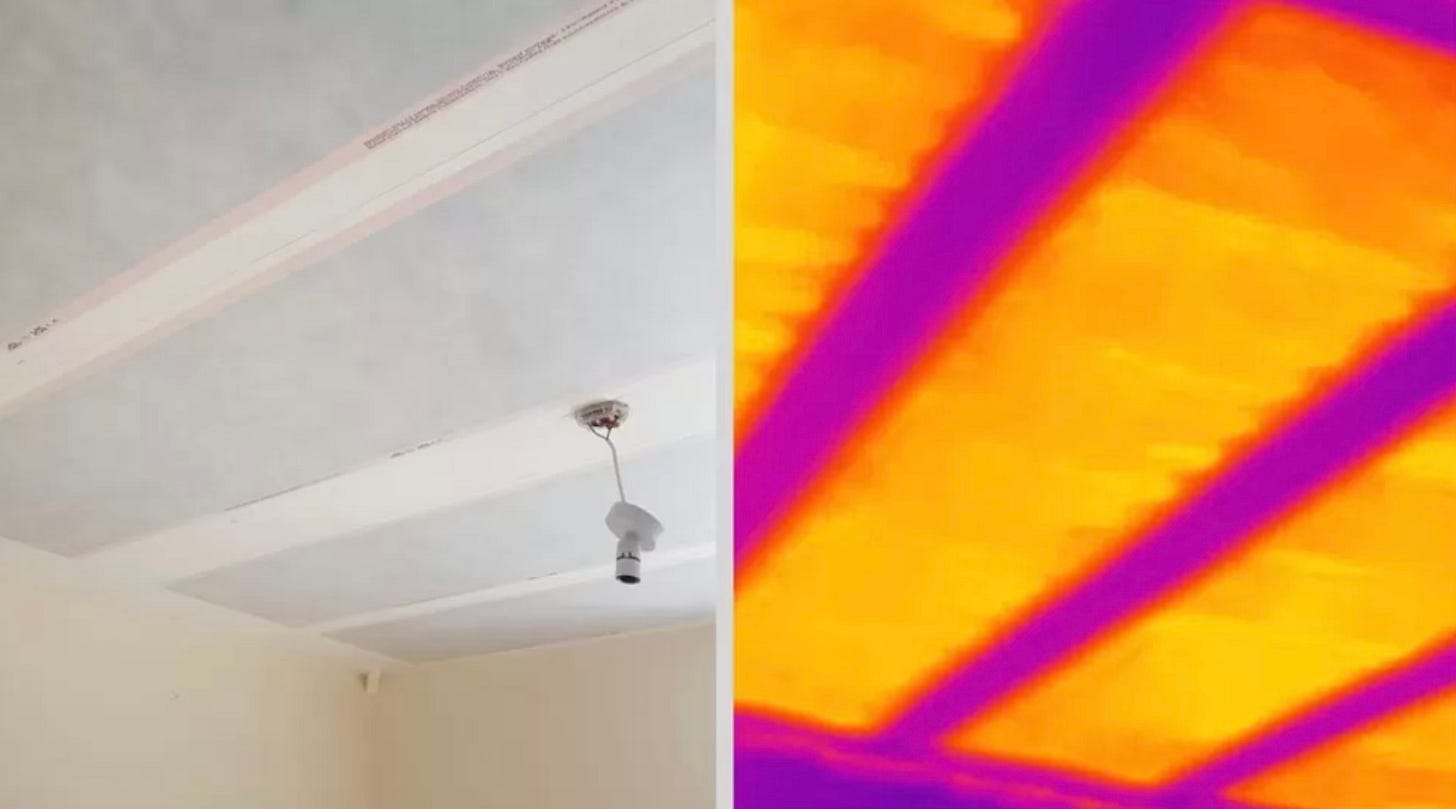This week we investigate a method of electrical stimulation near the ear which may help in significantly reducing bleeding during events such as surgery and childbirth. We discover the liver’s role in being able to revive the brain after a cardiac arrest which has caused the cessation of brain function. We examine a compound found in flowers that can help limit the progress of certain forms of cancer and MS. Finally we look at an electric wallpaper that is being used in Scotland to heat homes. This wallpaper eliminates the burning of gas giving better indoor air quality and lower utility bills.
Bandage Free Bleeding Reduction
A treatment called a neural tourniquet may one day be used before surgery and childbirth to reduce bleeding. It involves an electrical stimulation near the ear which turbocharges the activity of platelets which help form blood clots. Uncontrolled bleeding accounts for about 60,000 deaths each year in the US.
This new treatment targets the vagus nerve (the large network of fibers that link the body with the brain). An electrical stimulation near the ear will help the vagus nerve to stimulate the spleen. The spleen stores about 1/3 of the body’s platelets. The electrical stimulation causes the spleen to ready the platelets to form a clot.
Tests on pigs showed that small cuts on the ear had a 50% lower blood loss and the duration of the bleeding was 40% shorter. Similar results were found in mice with haemophilia (where the blood does not clot properly). These tests also hinted at how the treatment worked. The stimulation increases the calcium uptake by the platelets in the spleen and makes them more ready to release their innards when they reach the injured blood vessel. Both actions lead to clot formation.
Huston and Spark Biomedical, a Dallas based biotech firm have launched a trial of the treatment in 30 people. In one group of participants the researchers applied mild electric currents to one of two stimulation sites near the ear. Control participants received a sham stimulation.
The treatment showed that the platelets were most highly activated 2 hours after stimulation. Ethical considerations prevent intentionally harming humans to test the effects however studies on people with haemophilia and prior to surgery may provide greater insight.
Reviving the Brain after Death
A team in China have revived activity in the brains of pigs up to an hour after circulation had ceased. In some cases this new functionality was sustained for hours. This achievement is a big step forward in working out how to restore brain function after a cardiac arrest. It may widen the window for successful resuscitation.
The team achieved this by incorporating the liver into the life support system used to revive the brain after the time had elapsed. Sudden cardiac arrest causes a lot of problems in the body due to the rapid stopping of blood flow. This drop in blood flow to the brain causes serious irreparable damage within minutes. Hence the short window for resuscitation.
The team at Sun Yat Sen University in China have been using pig models to test methods for limiting brain injury. The team recently started to investigate the role of the liver in brain injury once blood flow stops. They used a life support system with an artificial heart and lungs to help pump fluid through the brain. One of the test groups had the liver integrated into this system, this is known as a liver assisted brain normothermic machine profusion.
A range of time intervals were tested to find the maximum length of time between cardiac arrest and successful revival. Brains that were revived after 50 minutes were able to be kept functioning for 6 hours before the experiment was turned off. Brains that had been starved of oxygen for 60 minutes only lasted for 3 hours giving a hint of the optimum time period before starting the process.
These experiments show that the liver plays an important role in brain revival after a cardiac event. It opens new avenues for research and possible future treatments.
Natural Flower Compound that Blocks an Enzyme involved in MS and Cancer
A team from Oregon Health and Science University have identified a natural compound that halts the process involved in the progression of certain forms of cancer and demyelinating conditions (those that damage the myelin sheath that surrounds the neurons e.g. in the spine leading to MS).
The compound called “sulfuretin” blocked the activity of an enzyme involved in cancer and MS. The team found that sulfuretin and two synthetic compounds inhibited the activity of hyaluronidase (a type of enzyme) which naturally degrades hyaluronic acid. Degraded hyaluronic acid stalls myelin repair and allows cancer cells to proliferate.
The discovery came after years of undergraduate plant screening at the University of Portland. Many years of flower grinding, molecule extraction and testing to see if anything blocked hyaluronidase activity recently resulted in the discovery of a the promising compound.
There is hope that the discovery may be useful for Alzheimer’s or other neurodegenerative conditions where the underlying problem relates to hyaluronic acid being broken apart. The next step is animal testing to ascertain the effectiveness of the compound and any possible side effects.
Electric Wallpaper
Scotland is cold in winter and heating is essential. Many homes are older and not built to retain heat. Most homes burn gas to keep warm which degrades interior air quality. A collaboration between two Scottish Universities and the Glasgow City Council has developed an electric wallpaper as an alternative to gas based heating.
The wallpaper is actually installed on the ceiling (electric wallpaper is a much better marketing term). The paper contains thin strips of copper and graphene that when powered release infrared radiation. The home will start to warm up within three minutes of the wallpaper being turned on.
The electric wallpaper has no effect on the air inside the home. When powered by renewable energy it becomes a zero emissions heating mechanism. The system is currently being tested in 12 properties in Glasgow and is receiving excellent feedback. Heating buildings accounts for 36% of the carbon emissions in the UK.
Paying it Forward
If you have a start-up or know of a start-up that has a product ready for market please let me know. I would be happy to have a look and feature the startup in this newsletter. Also if any startups need introductions please get in touch and I will help where I can.
If you have any questions or comments please comment below.
I would also appreciate it if you could forward this newsletter to anyone that you think might be interested.
Till next week.






